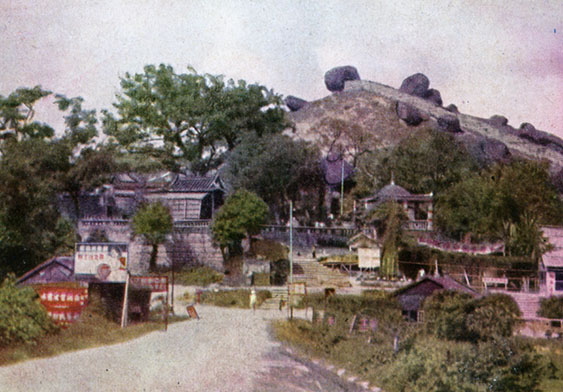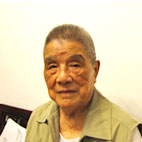
Hau Wong Temple and Fish-Drying Boulder
Fish-Drying Boulder was located on the hill at the back of Hau Wong Temple and Mei Tung Estate. This picture shows the view as it looked in the 1930s and 40s-Hong Kong Memory Website
Hau Wong Temple and Fish-Drying Boulder
Fish-Drying Boulder was located on the hill at the back of Hau Wong Temple and Mei Tung Estate. This picture shows the view as it looked in the 1930s and 40s-Hong Kong Memory Website
Kowloon City’s rural villagers were facing many big changes at around this time
Kowloon City’s rural villagers were facing many big changes before Ng Sai Ming was born. Ng Sai Ming's great-grandfather's generation made a living on both fishing and growing grains. On the hill behind the present Morse Park (Editor's note: the small one occupied by Bishop Ford Memorial School), there used to be a rock where fish were dried. He heard that his great-grandfather once owned a fishing boat, but from his grandfather’s generation, none in the family went fishing at sea any longer. His grandfather’s generation made a living by growing mainly standing grain. The farmland was spread over two locations - one at the junction of today’s Prince Edward Road and Choi Hung Road; the other at the present Tung Tau Estate. The ancestral home was located at the former Block 23 of Tung Tau Estate (Editor's note: the present Tung Wui Estate). The villagers’ lifestyle changed after the British Government leased the land north of Boundary Street. Job opportunities increased. Some worked for the government, whilst others became seamen. Less and less people were engaged in farming; they simply leased the land out to other people for growing vegetables or flowers.


 BACK
BACK  CLOSE
CLOSE 